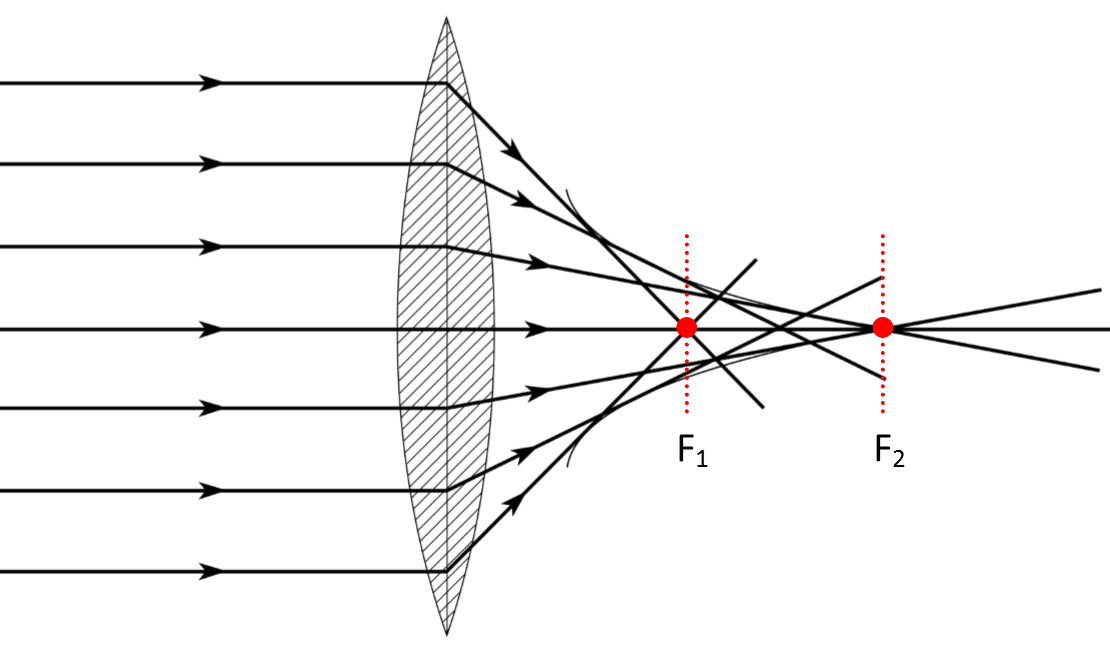meProp
The codes were used for the paper meProp: Sparsified Back Propagation for Accelerated Deep Learning with Reduced Overfitting (ICML 2017) [pdf] by Xu Sun, Xuancheng Ren, Shuming Ma, Houfeng Wang.
Based on meProp, we further simplify the model by eliminating the rows or columns that are seldom updated, which will reduce the computational cost both in the training and decoding, and potentially accelerate decoding in real-world applications. We name this method meSimp (minimal effort simplification). For more details, please see the paper Training Simplification and Model Simplification for Deep Learning: A Minimal Effort Back Propagation Method [pdf]. The codes are at [here].
Introduction
We propose a simple yet effective technique to simplify the training of neural networks. The technique is based on the top-k selection of the gradients in back propagation.
In back propagation, only a small subset of the full gradient is computed to update the model parameters. The gradient vectors are sparsified in such a way that only the top-k elements (in terms of magnitude) are kept. As a result, only k rows or columns (depending on the layout) of the weight matrix are modified, leading to a linear reduction in the computational cost. We name this method meProp (minimal effort back propagation).
Surprisingly, experimental results demonstrate that most of time we only need to update fewer than 5% of the weights at each back propagation pass. More interestingly, the proposed method improves the accuracy of the resulting models rather than degrades the accuracy, and a detailed analysis is given.
The following figure is an illustration of the idea of meProp.
TL;DR: Training with meProp is significantly faster than the original back propagation, and has better accuracy on all of the three tasks we used, Dependency Parsing, POS Tagging and MNIST respectively. The method works with different neural models (MLP and LSTM), with different optimizers (we tested AdaGrad and Adam), with DropOut, and with more hidden layers. The top-k selection works better than the random k-selection, and better than normally-trained k-dimensional network.
Update: Results on test set (please refer to the paper for detailed results and experimental settings):
| Method (Adam, CPU) | Backprop Time (s) | Test (%) |
|---|---|---|
| Parsing (MLP 500d) | 9,078 | 89.80 |
| Parsing (meProp top-20) | 489 (18.6x) | 88.94 (+0.04) |
| POS-Tag (LSTM 500d) | 16,167 | 97.22 |
| POS-Tag (meProp top-10) | 436 (37.1x) | 97.25 (+0.03) |
| MNIST (MLP 500d) | 170 | 98.20 |
| MNIST (meProp top-80) | 29 (5.9x) | 98.27 (+0.07) |
The effect of k, selection (top-k vs. random), and network dimension (top-k vs. k-dimensional):
To achieve speedups on GPUs, a slight change is made to unify the top-k pattern across the mini-batch. The original meProp will cause different top-k patterns across examples of a mini-batch, which will require sparse matrix multiplication. However, sparse matrix multiplication is not very efficient on GPUs compared to dense matrix multiplication on GPUs. Hence, by unifying the top-k pattern, we can extract the parts of the matrices that need computation (dense matrices), get the results, and reconstruct them to the appropriate size for further computation. This leads to actual speedups on GPUs, although we believe if a better method is designed, the speedups on GPUs can be better.
See [pdf] for more details, experimental results, and analysis.
Usage
PyTorch
Requirements
- Python 3.5
- PyTorch v0.1.12+ - v0.3.1
- torchvision
- CUDA 8.0
Dataset
MNIST: The code will automatically download the dataset and process the dataset (using torchvision). See function get_mnist in the pytorch code for more information.
Run
python3.5 main.py
The code runs unified meProp by default. You could change the lines at the bottom of the main.py to run meProp using sparse matrix multiplication. Or you could pass the arguments through command line.
usage: main.py [-h] [--n_epoch N_EPOCH] [--d_hidden D_HIDDEN]
[--n_layer N_LAYER] [--d_minibatch D_MINIBATCH]
[--dropout DROPOUT] [--k K] [--unified] [--no-unified]
[--random_seed RANDOM_SEED]
optional arguments:
-h, --help show this help message and exit
--n_epoch N_EPOCH number of training epochs
--d_hidden D_HIDDEN dimension of hidden layers
--n_layer N_LAYER number of layers, including the output layer
--d_minibatch D_MINIBATCH
size of minibatches
--dropout DROPOUT dropout rate
--k K k in meProp (if invalid, e.g. 0, do not use meProp)
--unified use unified meProp
--no-unified do not use unified meProp
--random_seed RANDOM_SEED
random seed
The results will be written to stdout by default, but you could change the argument file when initializing the TestGroup to write the results to a file.
The code supports simple unified meProp in addition. Please notice, this code will use GPU 0 by default.
C#
Requirements
- Targeting Microsoft .NET Framework 4.6.1+
- Compatible versions of Mono should work fine (tested Mono 5.0.1)
- Developed with Microsoft Visual Studio 2017
Dataset
MNIST: Download from link. Extract the files, and place them at the same location with the executable.
Run
Compile the code first, or use the executable provided in releases.
Then
nnmnist.exe
or
mono nnmnist.exe
where
The code supports random k selection in addition.
Citation
bibtex:
@InProceedings{sun17meprop,
title = {me{P}rop: Sparsified Back Propagation for Accelerated Deep Learning with Reduced Overfitting},
author = {Xu Sun and Xuancheng Ren and Shuming Ma and Houfeng Wang},
booktitle = {Proceedings of the 34th International Conference on Machine Learning},
pages = {3299--3308},
year = {2017},
volume = {70},
series = {Proceedings of Machine Learning Research},
address = {International Convention Centre, Sydney, Australia}
}
![[CVPR'21] MonoRUn: Monocular 3D Object Detection by Reconstruction and Uncertainty Propagation](https://github.com/tjiiv-cprg/MonoRUn/raw/main/demo/demo.gif)


![[AAAI22] Reliable Propagation-Correction Modulation for Video Object Segmentation](https://user-images.githubusercontent.com/65257938/145016835-3c4be820-c55d-4eb4-b7f5-b8a012ee0f8c.png)
